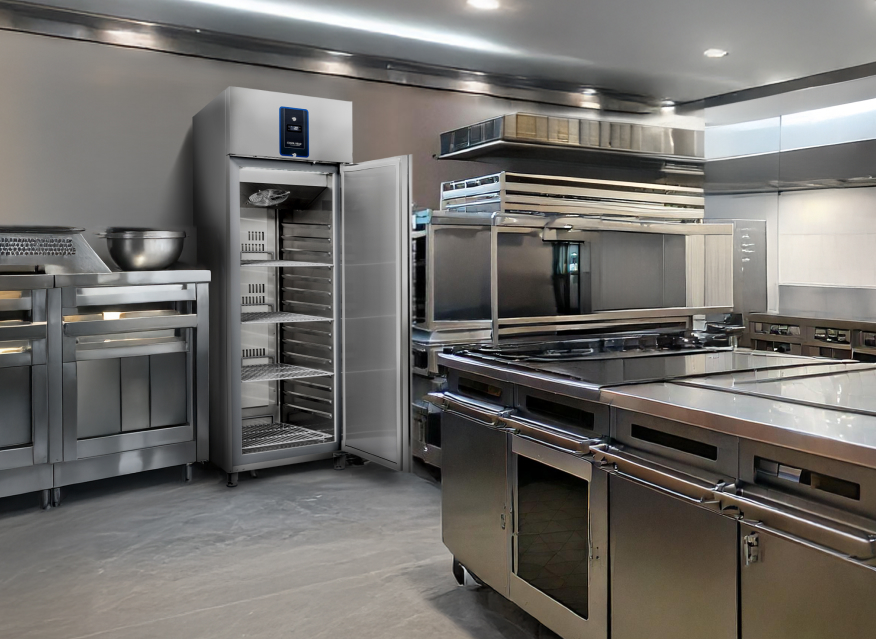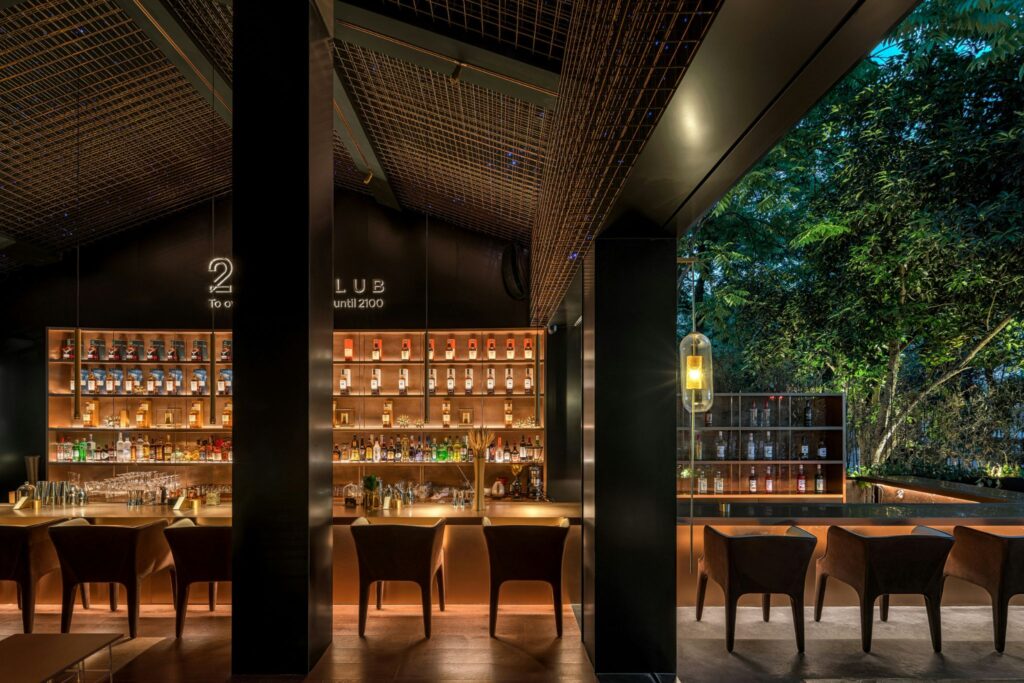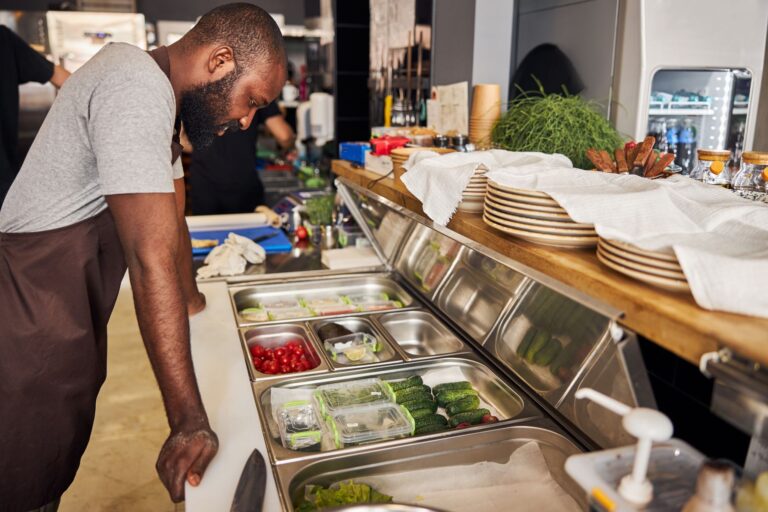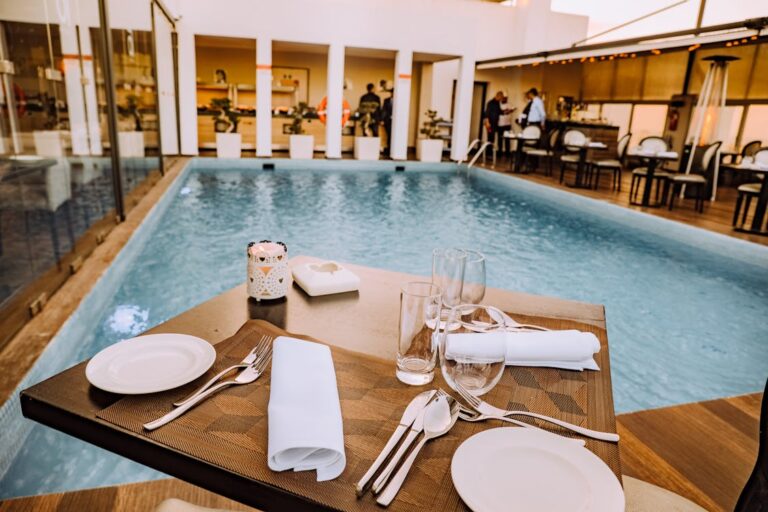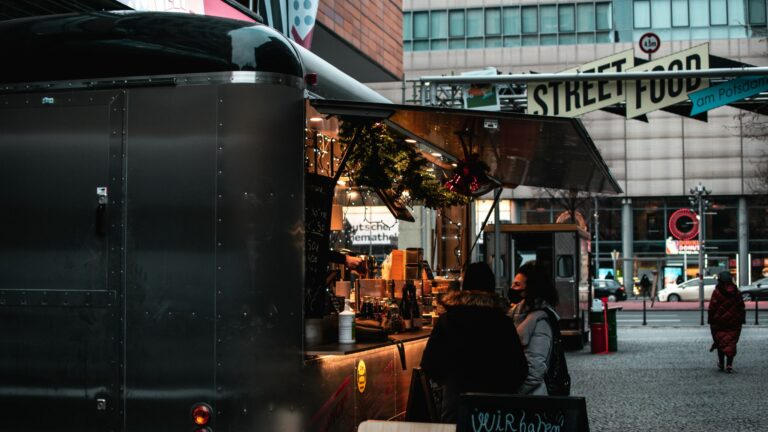The future of restaurant design is shifting towards creating immersive dining environments that offer more than just a place to eat. As diners increasingly seek engaging and memorable experiences, restaurants are embracing innovative design elements and technologies that deliver distinctive experiences and stand out in a competitive market.
Interactive and themed spaces
Restaurants are now focusing on interactive and themed designs to captivate their patrons. By immersing guests in uniquely crafted settings and integrating interactive features—such as entertainment-enhanced tables and dynamic walls—restaurants are creating a more engaging atmosphere.
These design elements attract diners looking for unique experiences and encourage them to share their visits on social media, boosting the restaurant’s visibility and appeal.
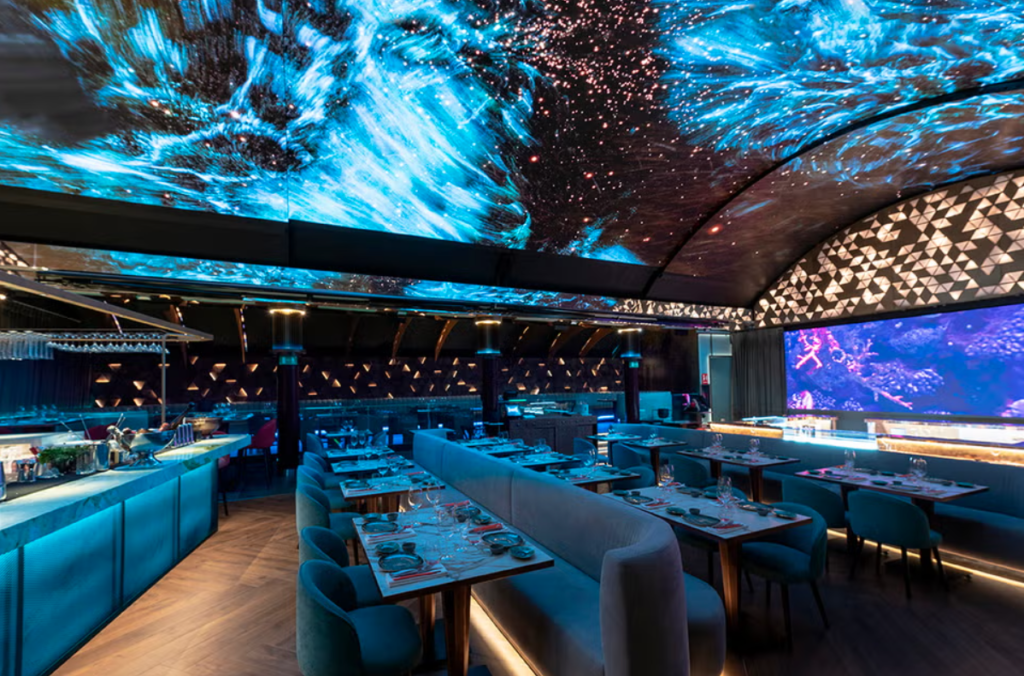
Integration of augmented reality and digital features
Augmented reality (AR) is playing an increasingly prominent role in modern restaurant design. AR technology enhances menus with interactive elements, such as 3D visuals of dishes and virtual chef interactions, providing guests with a richer preview of their dining options.
Additionally, digital features like projection mapping and responsive lighting adjust the ambience based on the time of day or special events, creating a dynamic and visually stimulating environment, enhancing the overall dining experience.
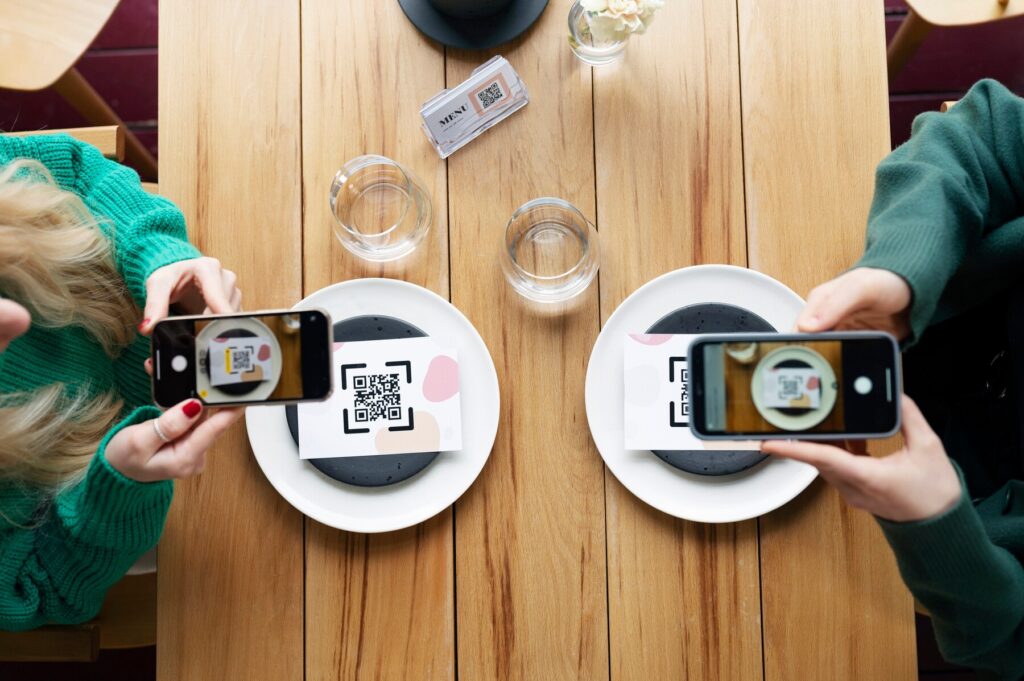
Sustainability and flexible design elements
Sustainability and flexibility are at the heart of modern restaurant design. More than ever, eco-friendly materials and energy-efficient technologies are being seamlessly integrated to reduce environmental impact. Companies that offer high-energy-efficiency equipment utilising sustainable refrigerant gases like R290 and R600A, classified as energy class A, are leading the way in this movement. By embracing these principles, we strive to elevate sustainability within the restaurant industry, ultimately contributing to a healthier environment for everyone.
